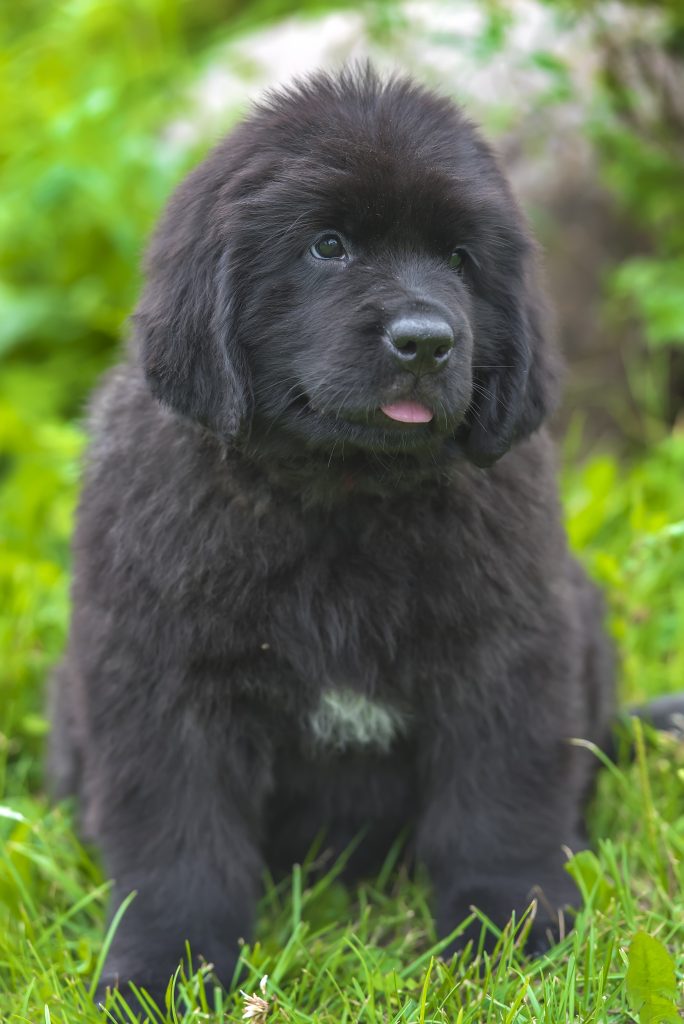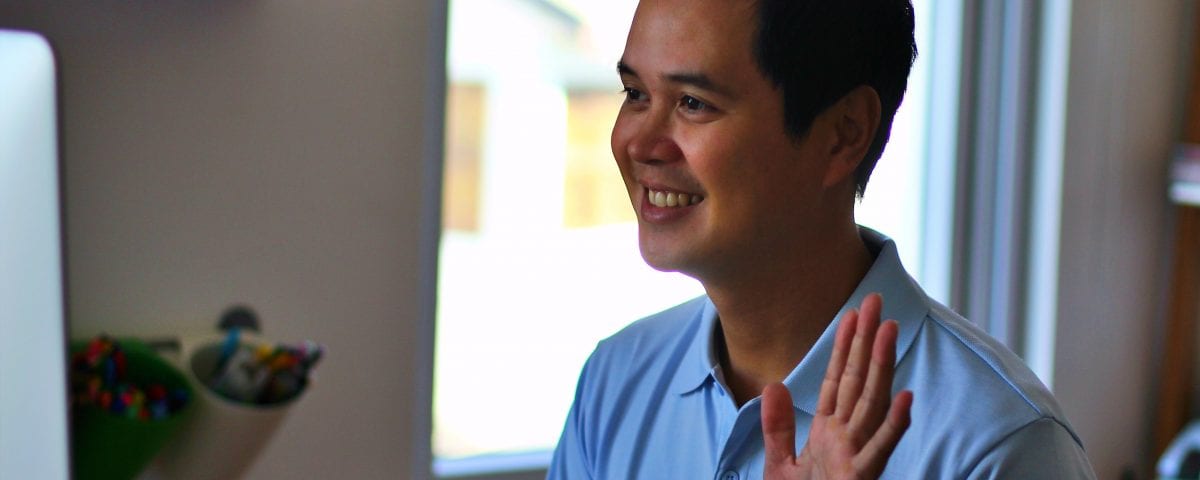Table of Content
Your dog is overwhelmed right now, so the less stimulation, the better. Once inside, keep your dog on the leash and lead her from room to room. Spend a few minutes in each room before moving on to the next, and make sure each time you go first into the next room. And you’ve just planted the seed for a lot of future issues. In human terms, you’ve unleashed a juvenile delinquent.
My personal choice is crate training, as I have an older dog and a cat that I felt needed their space from an energetic youngster around the house. Bringing a new dog into your pack requires planning. Luckily, this is something that most people do—except maybe in the case of bringing in a stray off the street. Before you adopt the dog, you probably have at least a food and treats, bowls for food and water, a dog bed, a leash and collar, and maybe some toys. Bringing home a new dog or puppy for the first time is exciting!
Let's embark on your journey to pup happiness.
If the dog displays behavior issues you’re not sure how to deal with, check with an animal behaviorist. When your new dog does something you approve of, reward with praise and treats. You won’t know how your dog will act in the car, so confining him with a crate or a seatbelt harness is a good idea.
Make sure the area is draught free, but an area that you can keep an eye on your puppy and him on you. Remember your puppy has been able to snuggle up to their siblings for the past 7-8 wks. The important thing is to allow them to settle into their new environment at their own speed. If initially they want to spend some time by themselves, that’s fine, and most importantly, it’s not personal. Your dog will let you know when they are ready for more interaction and will appreciate being allowed to settle in their own time.
Settling in your new Puppy
• Assess your fences to ensure they are high enough to prevent a puppy from jumping over. • Secure any exposed electrical or window blind cords out of a puppy’s reach. Firstly, consider which areas of the house you will allow your puppy to have access, and which areas will be off-limits.

Refraining from affectionate gestures is, however, mandatory. Giving your dog space and time to accommodate to the new surroundings will help him discover your home is a safe place. You should, by no means, force him to accept petting or cuddling.
What is normal new puppy behaviour?
Gradually expand his environment, under your supervision, of course. Although it may seem too early to you, he needs to learn the house rules from the very beginning. The more structured and consistent his day is, the better adjusted and happier he’ll be. Whether it’s chewing or any other behavior you don’t want to encourage, use gentle redirection. Yelling at him or punishing him will only frighten and confuse him, not teach him.
They are all individuals, with different needs, some learn and adapt quicker than others. Do not worry if you must be close by your puppy the first few nights, as they often just want reassurance that they are not alone. They don’t understand our sleeping patterns and that we don’t want to play in the middle of the night. Asexperts in dog training, we have some tried-and-tested tips to help you settle your new puppy at home. By taking the steps to make sure your new dog or puppy feels safe, secure and welcome in their new space they will settle much quicker and feel more confident.
tips for settling a new puppy into your home
This could be an open crate with some blankets over it, or just a comfy bed in a quiet place. This space should be somewhere away from people, in a place where they can be safely left alone. Make sure everyone in the household is aware to not disturb the dog if they choose to take themselves to their safe space. Older dogs will let your puppy know what the rules are and can help teach the puppy the social skills they need to learn. Puppies are just starting to learn about communication skills and they often don’t read the more subtle signals that older dogs display.

Make sure the puppy has been toileted before trying to settle for the night. By praising and rewarding your dog with treats every time it wees outside, it will eventually stop making a mess inside. New noises, smells and surroundings can take its toll on your dog who may get little sleep for the first few nights. This goes for other pets and other family members . It’s a good idea to introduce the calmest members of the family first.
Then allow your puppy time to nap and explore alone but always pay close attention. Treats can help in getting their attention when you need it and can be used if they are behaving well. Puppies love to know what comes next in their day to day life, and routines can definitely do that.
Puppy pens are great for those with busier lifestyles. The pens can be configured to make a confined area where the puppies can sleep, to ensure they aren’t roaming around unsupervised. Ideally, this should be in an area of the house where your dog can hear other family members. Your neighbours won’t be very happy if your barking dog is keeping them up at night. This can be done through regular training and exercise.
Supervise all interactions between the puppy and the cat for at least the first month or so, to avoid any harm. Ensure your cat has an escape route and access to a safe spot to take refuge. This might mean a resting spot high up where they can be out of the puppy’s reach. This will help keep the cat calm as they know they can exit whenever they desire.
These treats will help with positive reinforcement when he does something good. It will also transform you into a welcoming figure that always cares for him. Try to make the process of teaching your puppy to sleep alone a gradual one. Remember your pup is likely to feel he has been snatched away from his home. Help make the transition easier for him by leaving an old T-shirt you have worn with the breeder on your last visit before collection. With this placed in the litter's bed it will make your scent familiar to him as well as absorbing the scent of his family.

No comments:
Post a Comment